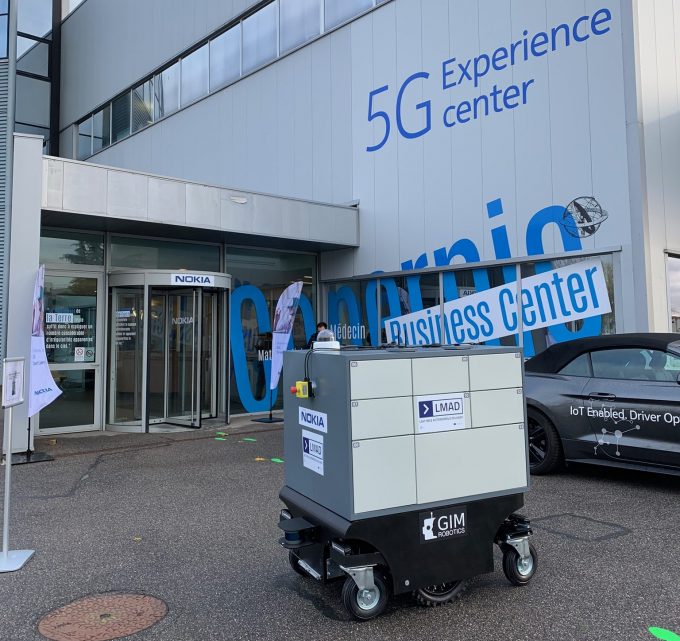Prologis still in control of what it can control, the rest...
‘Houston, we have no problem’

A new autonomous delivery robot (ADR) was this week unveiled in the Paris research and development (R&D) facility of tech firm Nokia.
It could pave the way for the widespread deployment of robots in last-mile supply chains.
The unit (pictured above) was deployed at Nokia’s Paris-Saclay campus, ...
MSC switches two more Asia-Europe port calls from congested Antwerp
CMA airline returns two freighters, while ANA takeover of NCA looms
Front-loading frenzy has made traditional H2 peak season 'unlikely'
Tradelanes: Export boom in Indian sub-continent triggers rise in airfreight rates
Carriers introduce surcharges as congestion builds at African ports
Mexican airport modernisation plan unlikely to boost cargo facilities
Ports and supply chain operators weigh in on funding for CPB
Box ship overcapacity threat from carrier appetite for new tonnage

Comment on this article